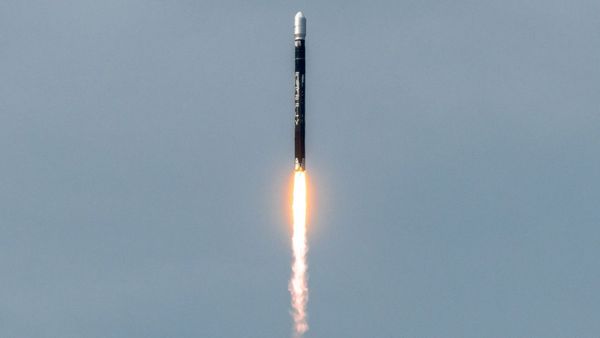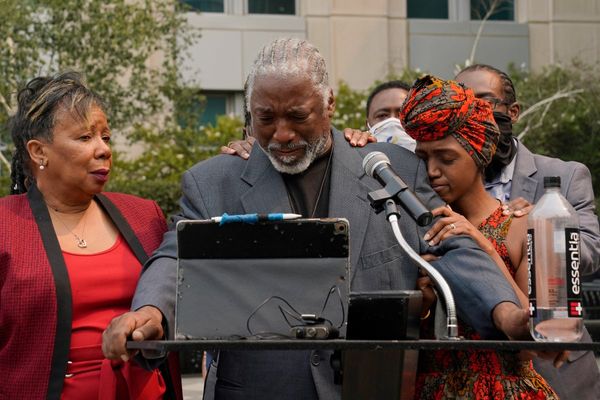
In recent years, various forms of expressing approval have evolved throughout history. In ancient Rome, toga flapping was a prevalent method of showing appreciation, where individuals would vigorously flap their togas up and down to demonstrate praise. However, as Roman coliseums expanded, a more audible form of approval emerged - applause.
The significance of applause grew to such an extent that the Romans even employed individuals known as clackers, whose sole purpose was to generate applause during political speeches and performances. The volume of applause became an indicator of one's social standing, leading politicians of all backgrounds to incorporate applause lines into their oratory. However, not all attempts at garnering applause have been successful.
One example can be seen in recent political events. As the Democratic Party gears up for the upcoming election, the nominee has faced challenges in generating enthusiastic reactions from crowds. Despite the importance of winning over an audience, the Democratic nominee has been met with silent rooms, lacking the customary applause that signifies support.
To address this issue, it appears that the Biden campaign is undergoing a strategic shift with the introduction of a new face - Kamala Harris. In an effort to change public perception, the campaign hopes to highlight President Biden's intelligence and ability to anticipate challenges, even though it may not have resonated strongly with the American populace thus far.
The campaign's decision to heavily involve Kamala Harris in public appearances indicates a transition within the Biden campaign. With the Obamas taking a more prominent role in guiding the campaign, Harris is being presented as a key figure to engage voters and effectively communicate the accomplishments of the administration.
As Harris embarks on a series of campaign stops across the country, the focus is on earning a re-election and ensuring the achievements of the administration are effectively communicated. This presents a significant challenge, as the administration believes they have achieved considerable progress in various areas such as handling the inflation crisis, addressing global unrest, and managing immigration challenges.
The increased visibility of Kamala Harris is being viewed as an indicator of her significant presence within the campaign, leading some to suggest that this has turned into the Harris-Biden ticket. However, it is crucial to note that Harris still supports Biden as the presidential candidate.
Moreover, concerns have been raised by Harris herself about the upcoming election. She admits to feeling fearful about the state of affairs and emphasizes the significance of traveling the country to connect with voters. Harris views the election as an opportunity to become the first female commander in chief, further underscoring the importance of her campaign efforts.
It remains to be seen how this shift in campaign strategy and the increased involvement of Kamala Harris will impact voter perception and engagement with the Democratic ticket. In the coming months, the campaign will continue to navigate the challenges of connecting with voters and conveying the accomplishments of the Biden administration.







